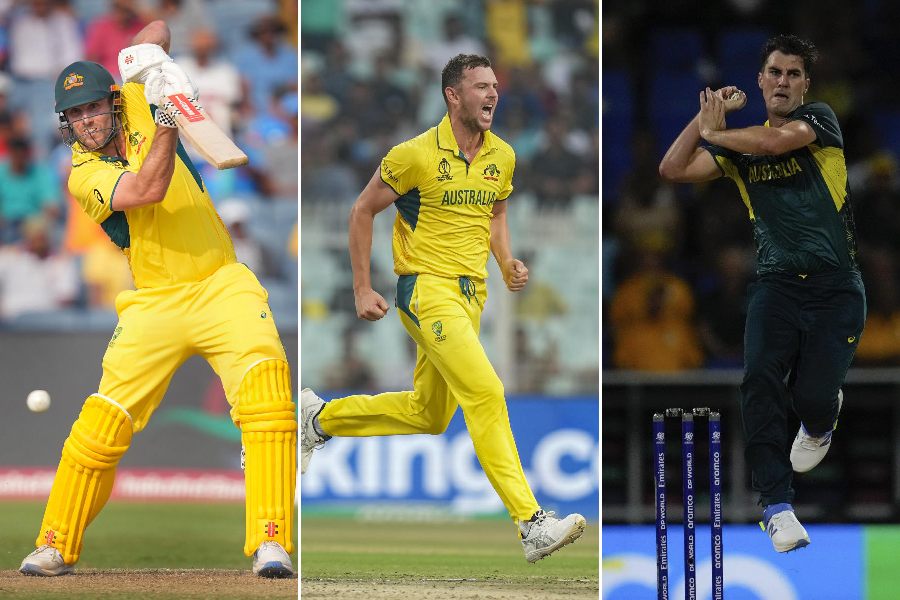Last year was the second-hottest year since records began, the World Meteorological Organisation (WMO) said on Wednesday, adding that heat was likely to lead to more extreme weather events like the Australian bushfires in 2020 and beyond.
The figures from the Geneva-based WMO crunches several datasets including from Nasa and the UK Met Office.
It showed that the average global temperature in 2019 was 1.1 degree Celsius (34 Fahrenheit) above pre-industrial levels, creeping towards a globally agreed limit after which major changes to life on Earth are expected.
“Unfortunately, we expect to see much extreme weather throughout 2020 and the coming decades, fuelled by record levels of heat-trapping greenhouse gases in the atmosphere,” said WMO secretary-general Petteri Taalas.
“Australia had its hottest, driest year on record in 2019, setting the scene for the massive bushfires which were so devastating to people and property, wildlife, ecosystems and the environment,” Taalas said.
Scientists say climate change likely contributed to severe weather in 2019 such as a heatwave in Europe and Hurricane Dorian which killed at least 50 people when it barrelled through the Bahamas in September.
Governments agreed at the 2015 Paris Accord to cap emissions enough to limit global warming to 1.5 degree Celsius above pre-industrial levels after which global warming is expected to have extreme consequences that will all but wipe out the world's coral reefs and most Arctic sea ice.
However, the WMO has previously said that temperature rises of 3-5 Celsius could be expected if nothing is done to stop rising emissions which hit a new record in 2018. The hottest year on record was in 2016 at 1.2 Celsius above pre-industrial levels, the WMO said, due to the warming impact of an El Nino event.











